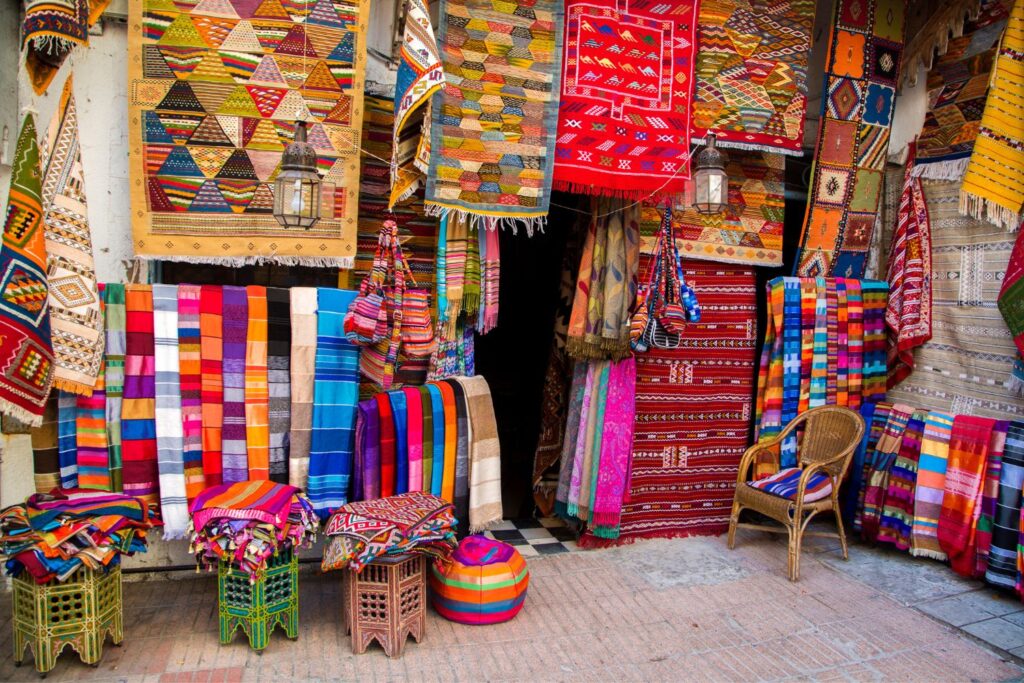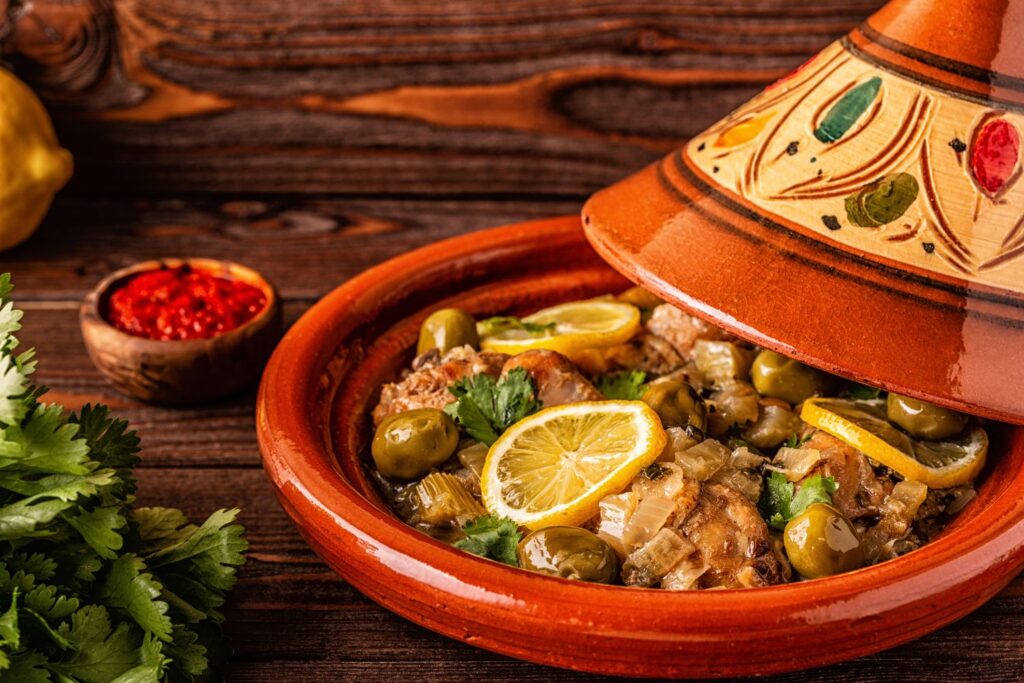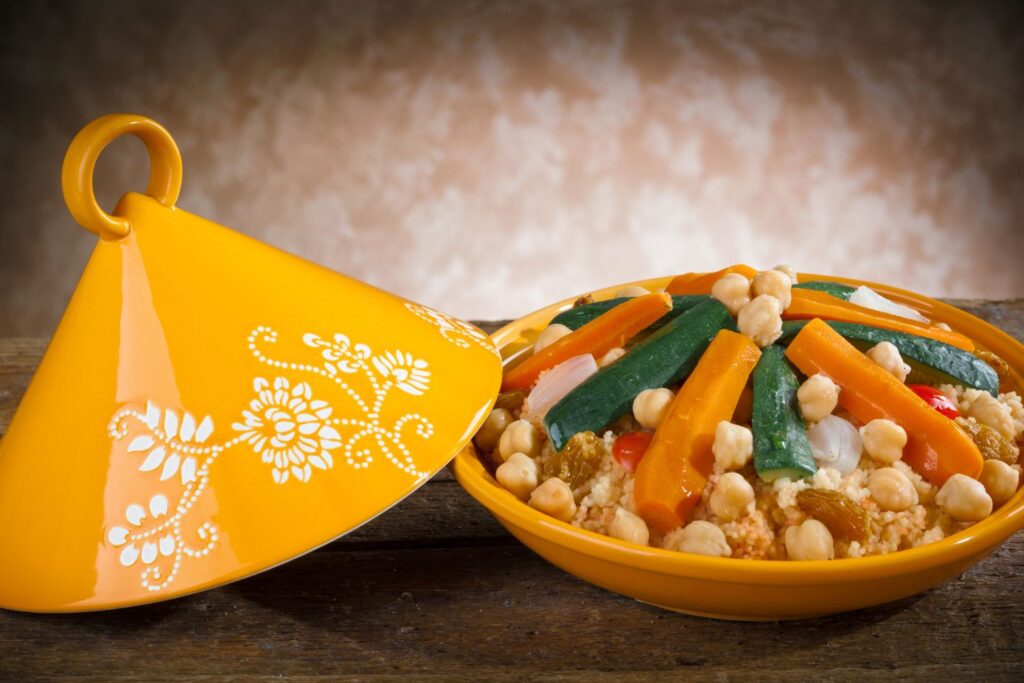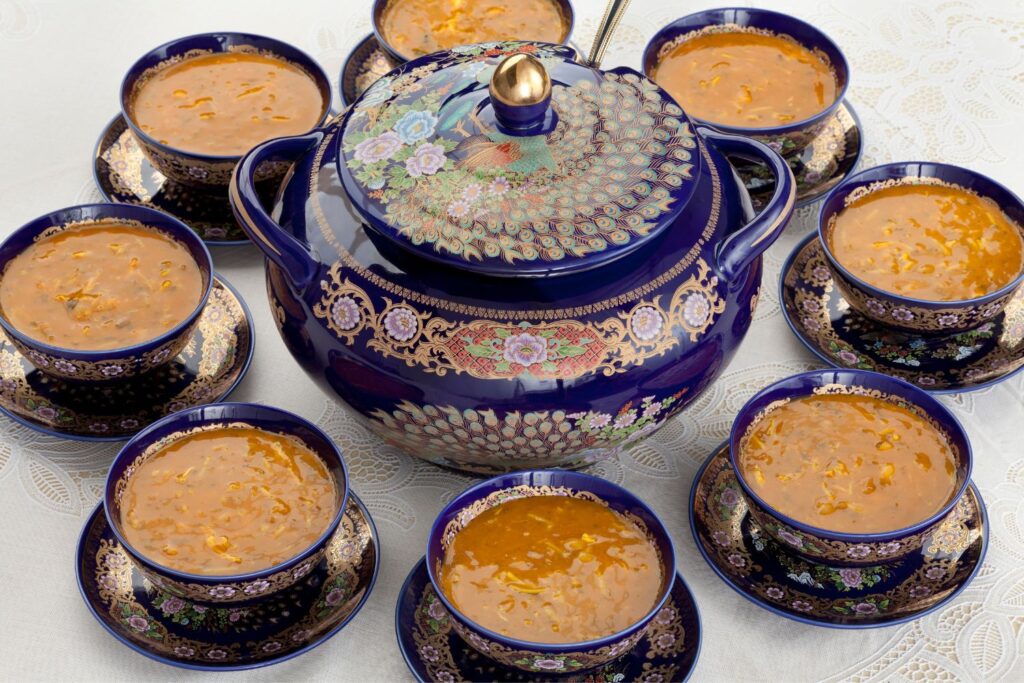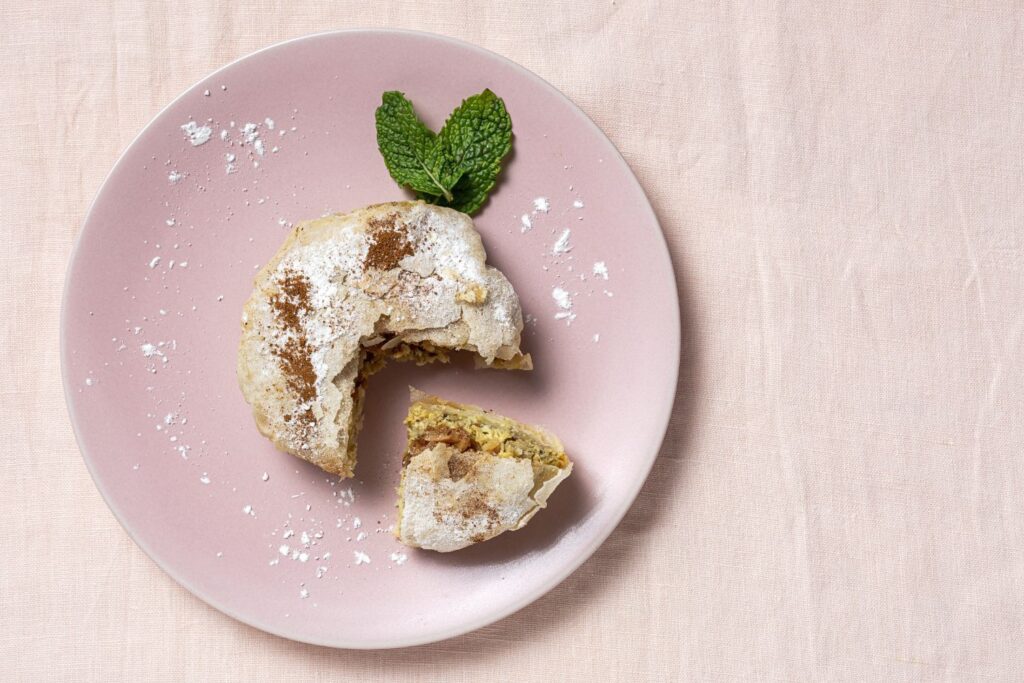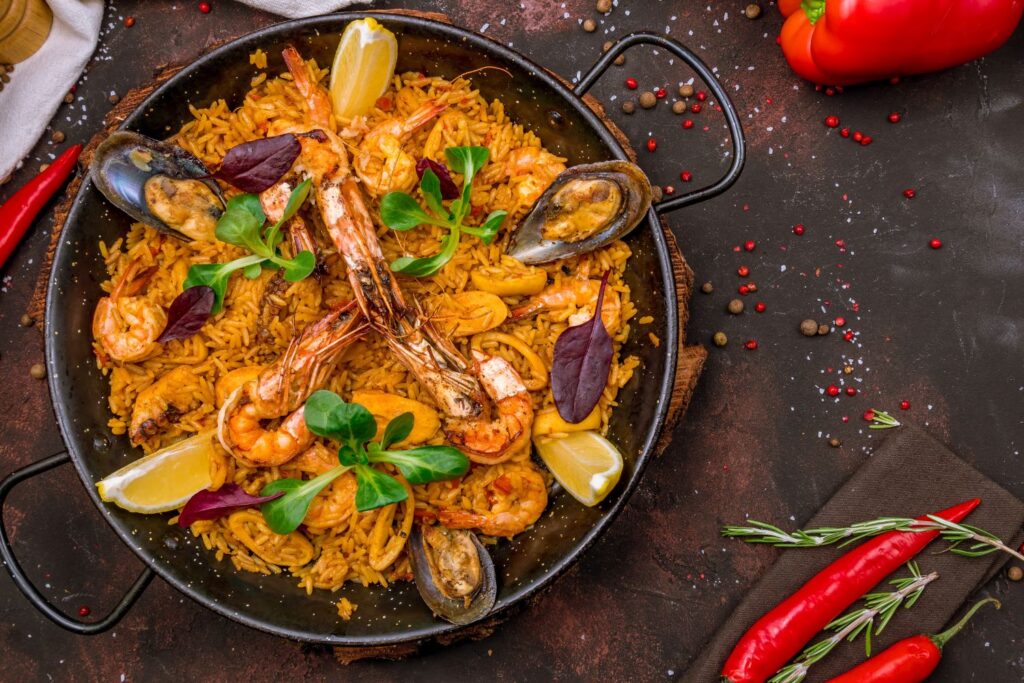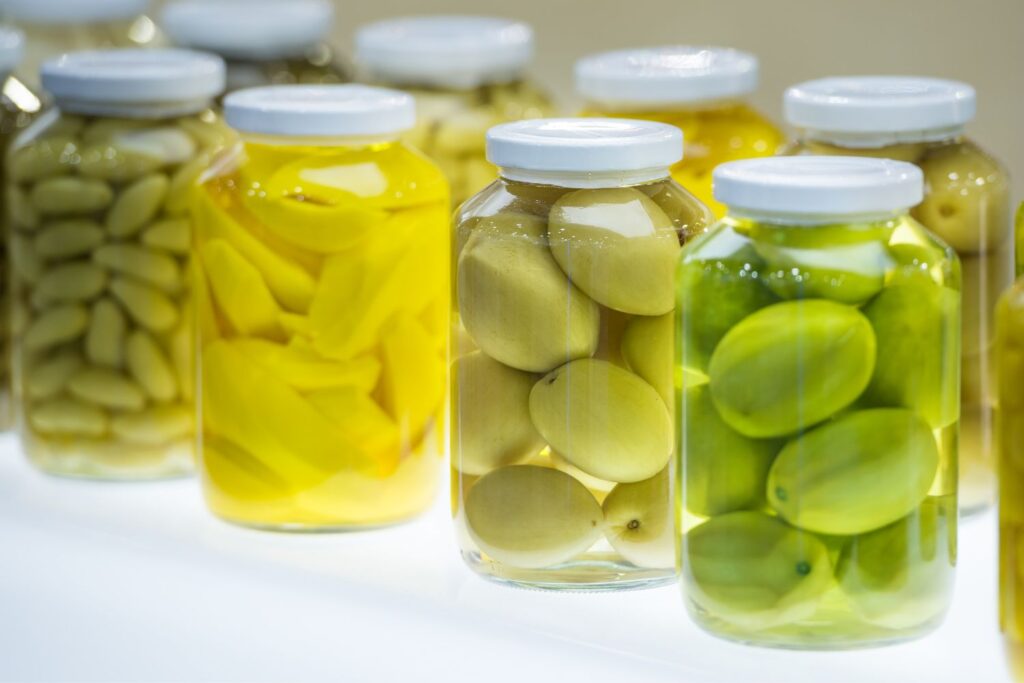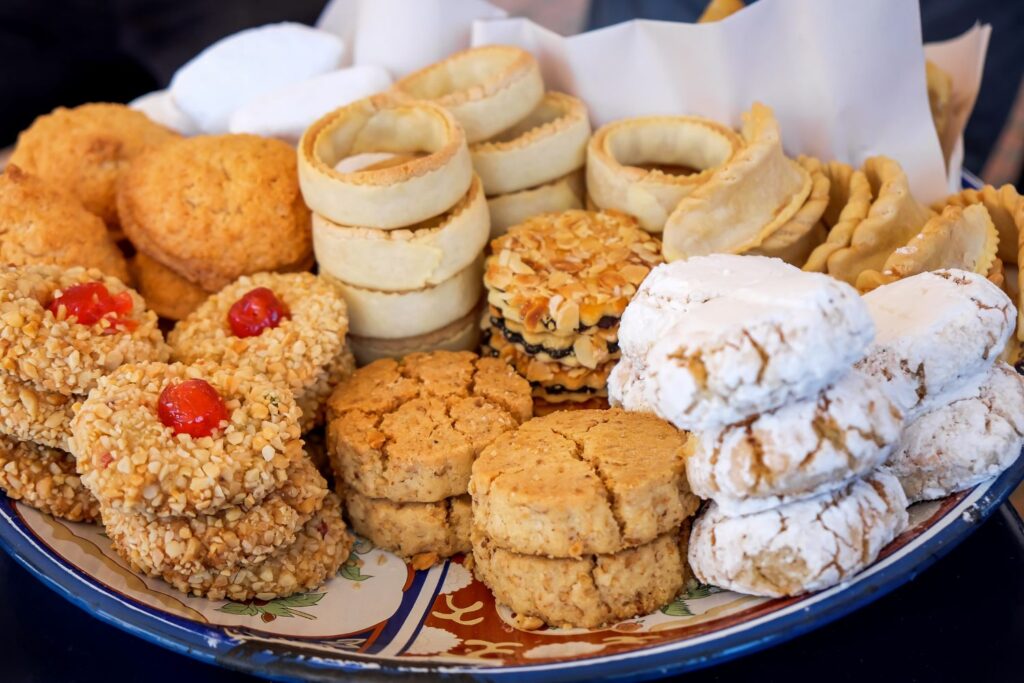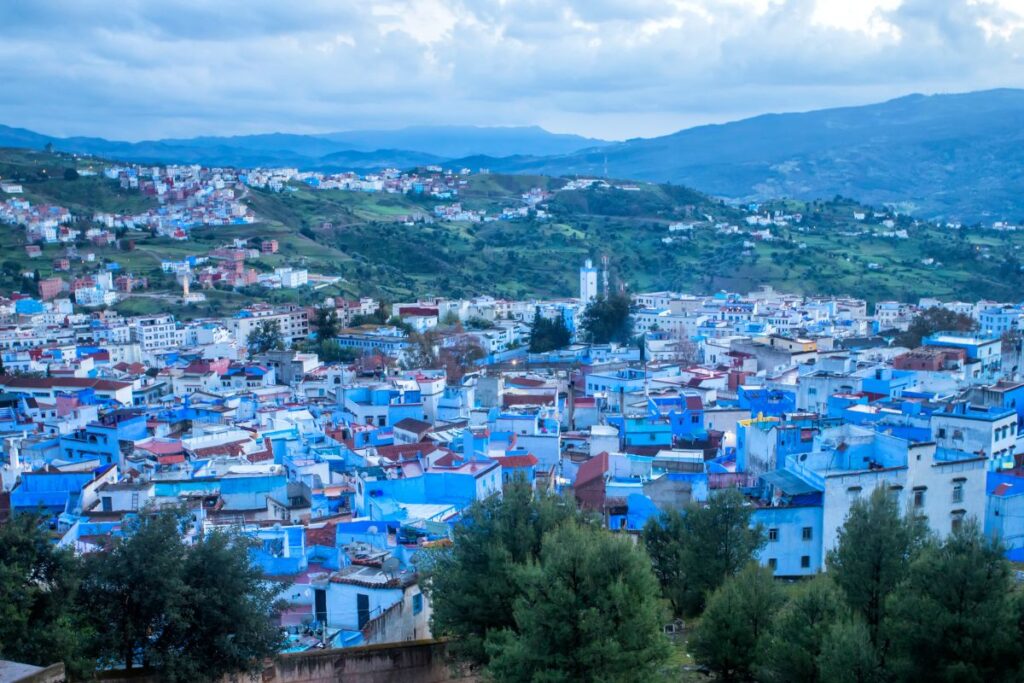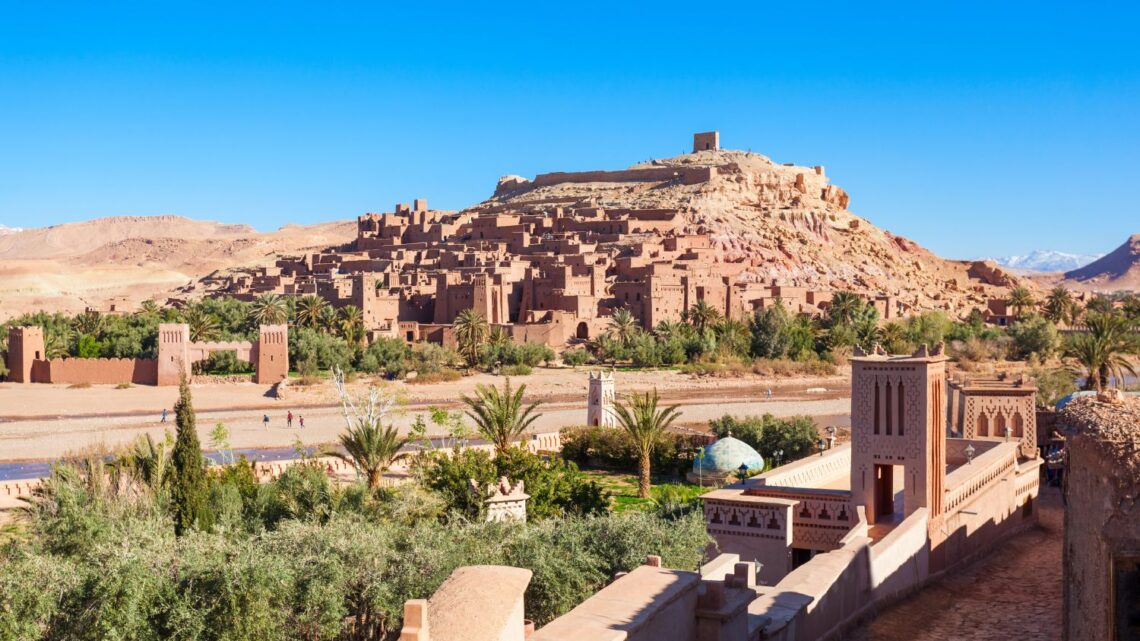
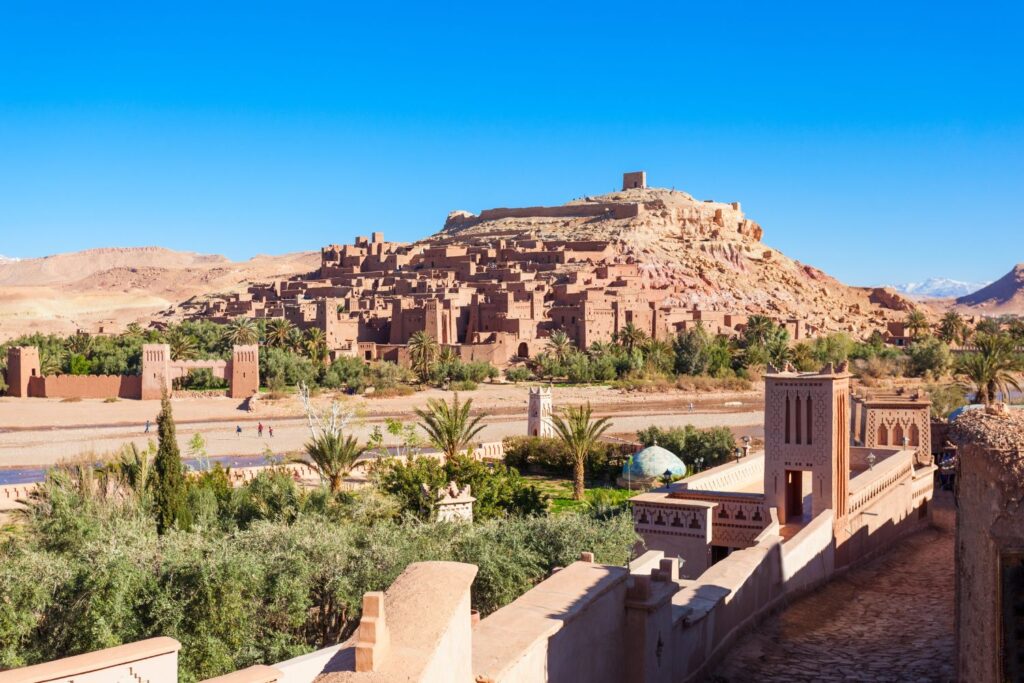
Morocco travel distination. Nestled in the northwest corner of Africa, Morocco is a land of enchantment, where history, culture, and natural beauty converge to create a tapestry of captivating experiences. This North African nation offers travelers an extraordinary and unforgettable journey through its diverse landscapes and rich heritage. In this article, we will delve into the allure of Morocco as a remarkable travel destination, exploring its historical significance, vibrant culture, diverse attractions, mouthwatering cuisine, and valuable tips for a truly immersive adventure.
History and Culture
Morocco boasts a rich and multifaceted history and culture that have evolved over millennia, shaped by a blend of indigenous Berber, Arab, Andalusian, and European influences. Understanding Morocco’s history and culture is key to appreciating the nation’s unique identity:
Ancient Roots:
- Berber Origins: The indigenous Berber people have inhabited Morocco for thousands of years and played a fundamental role in shaping the nation’s culture. Their influence is seen in the language, traditions, and art of Morocco.
Phoenician and Roman Influence:
- Phoenician and Roman traders and settlers left their mark on Morocco’s coastal areas. The ancient city of Volubilis, with its well-preserved ruins, is a testament to this Roman heritage.
Arab Arrival:
- In the 7th century, Arab conquerors introduced Islam to Morocco, which remains the dominant religion to this day. The Arabic language and Islamic culture became deeply ingrained in Moroccan society.
Dynastic Rule:
- Morocco has a long history of dynastic rule. Notable dynasties include the Almoravids, Almohads, Merinids, and Saadians, each contributing to the country’s cultural and architectural heritage.
Independence and Modern Era:
- Morocco gained independence from France and Spain in 1956 and emerged as a constitutional monarchy under King Mohammed V. Today, Morocco is known for its stability and gradual modernization efforts.
Culture:
- Moroccan culture is a captivating fusion of Arab, Berber, and European elements. It is most vividly expressed in the arts, music, and cuisine of the nation.
- Moroccan architecture is renowned for its intricate tilework, geometric patterns, and courtyard designs. Examples include the ornate palaces and medersas (Islamic schools) in cities like Marrakech and Fes.
- Music plays a significant role in Moroccan culture, with traditional instruments like the oud and guembri producing melodies that echo through medinas and desert landscapes. The Gnaoua World Music Festival in Essaouira is a celebration of this musical heritage.
- Moroccan cuisine is a feast for the senses, characterized by aromatic spices, couscous, tagines, and a rich variety of pastries like baklava and pastilla. Mint tea, brewed with fresh mint leaves and plenty of sugar, is a symbol of hospitality.
Islamic Heritage:
- Morocco is known for its vibrant Islamic heritage, with numerous mosques, madrasas, and historic religious sites scattered across the country. The Koutoubia Mosque in Marrakech, for example, is an iconic symbol of Moroccan Islamic architecture.
Cultural Festivals:
- Morocco hosts a range of cultural festivals that showcase its heritage. The Fes Festival of World Sacred Music, the Marrakech International Film Festival, and the Sahara International Film Festival are just a few examples.
Natural Beauty
Morocco’s natural beauty is a breathtaking tapestry of diverse landscapes that includes the dramatic red sands of the Sahara Desert, where colossal dunes stretch endlessly under the golden sun; the lush and verdant valleys of the Atlas Mountains, adorned with terraced fields and traditional Berber villages; and the enchanting coastal areas along the Mediterranean and Atlantic, where pristine beaches meet the crashing waves. From the rugged canyons and oases to the picturesque palm groves of the Draa Valley, Morocco’s natural beauty is a treasure trove of wonders that promises adventure, serenity, and awe-inspiring vistas at every turn.
Cuisine
Moroccan cuisine is a delightful and flavorful fusion of influences from Arab, Berber, Mediterranean, and Andalusian cultures. It’s characterized by aromatic spices, bold flavors, and a diverse range of dishes. Here are some key elements of Moroccan cuisine:
1. Tagine: Tagine is both a traditional Moroccan dish and the name of the clay pot in which it’s cooked. The dish typically consists of slow-cooked meats (often lamb or chicken) or vegetables, simmered with an array of spices, dried fruits, and nuts. The result is a tender and fragrant stew.
2. Couscous: Couscous is a staple in Moroccan cuisine and is often served with a variety of toppings, such as vegetables, chickpeas, and tender meats. It is steamed to perfection and typically accompanied by a flavorful sauce.
3. Harira: Harira is a hearty Moroccan soup, traditionally enjoyed during Ramadan to break the fast. It features a tomato base, lentils, chickpeas, and a blend of spices, creating a satisfying and nourishing dish.
4. Pastilla: Pastilla, also known as b’stilla, is a savory-sweet pastry that combines layers of flaky pastry with a filling of spiced meat (usually pigeon or chicken), almonds, and a dusting of powdered sugar and cinnamon. It’s a delightful blend of flavors and textures.
5. Moroccan Salads: Moroccan cuisine includes a variety of refreshing salads made from ingredients like tomatoes, cucumbers, olives, and herbs, all seasoned with olive oil, lemon juice, and spices.
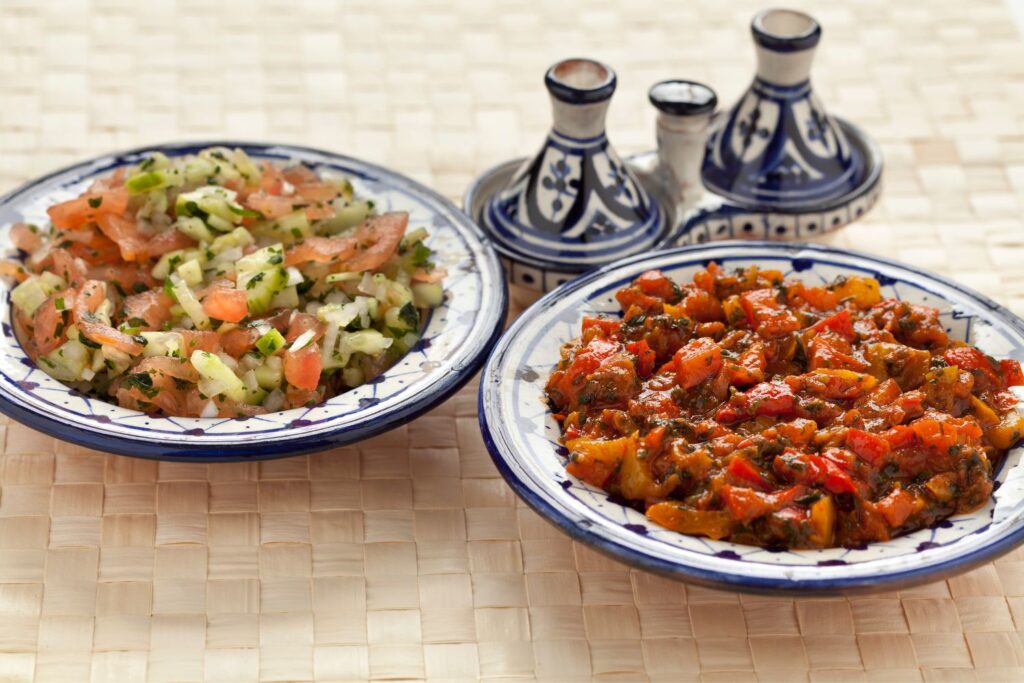
6. Mint Tea: Moroccan mint tea, or “atai,” is an essential part of Moroccan hospitality. It is made from green tea leaves and fresh spearmint leaves, sweetened generously with sugar. The tea is brewed and served in ornate teapots and glasses.
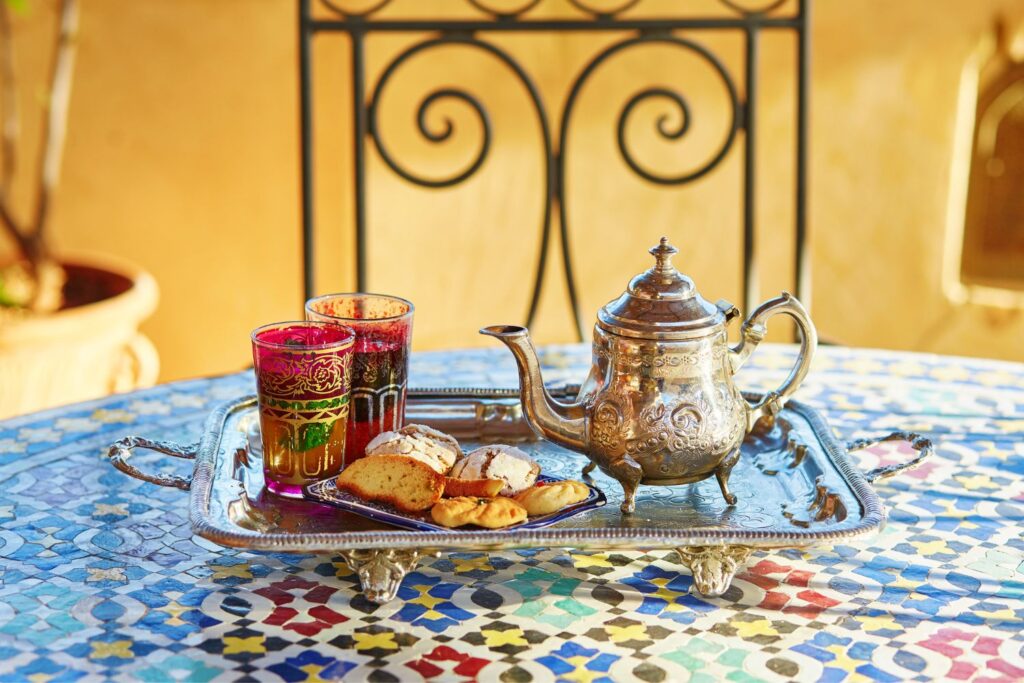
7. Mechoui: Mechoui is a traditional method of slow-roasting a whole lamb or goat over an open fire or in an underground pit. The result is succulent, tender meat with a smoky flavor, often enjoyed during festive occasions.
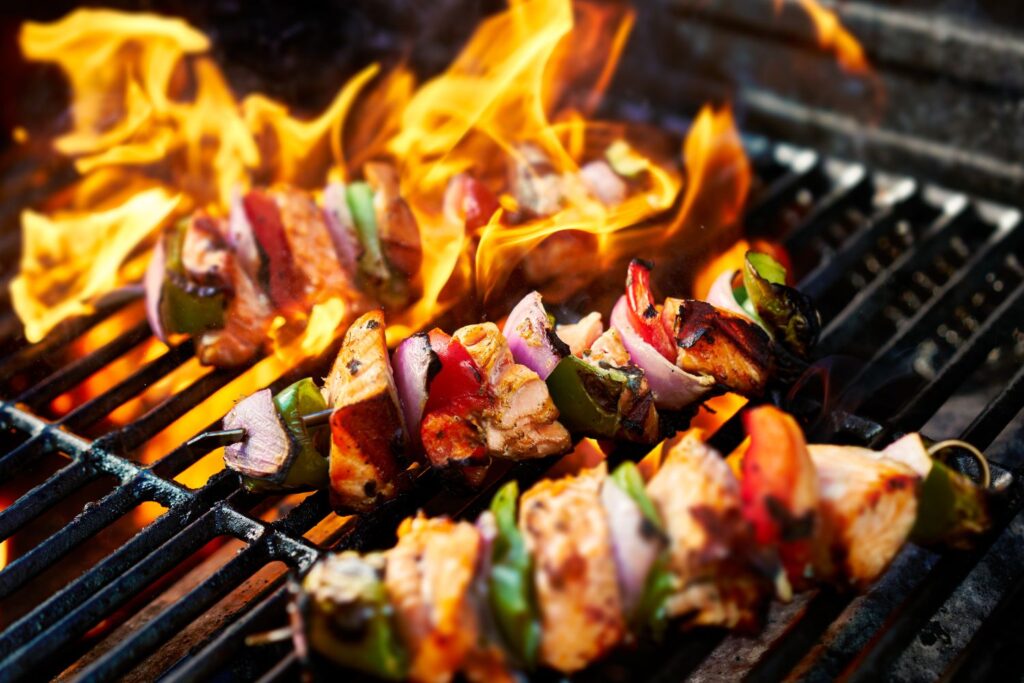
8. Seafood: Due to its extensive coastline, Morocco offers an abundance of fresh seafood. Grilled sardines, fried fish, and seafood tagines are popular coastal delicacies.
9. Preserved Lemons and Olives: Preserved lemons and olives are essential ingredients in Moroccan cuisine, adding depth of flavor to many dishes.
10. Sweets and Desserts: Moroccan desserts are a delightful finish to a meal. Favorites include baklava, chebakia (a sesame-coated pastry), and ma’amoul (date-filled cookies).
Tips for an Immersive Journey
- Respect Local Customs: Morocco is a predominantly Muslim country with conservative customs. Dress modestly, particularly in more rural areas, and ask for permission before taking photos of people.
- Bargaining: Bargaining is a common practice in Marrakech’s markets. Don’t be afraid to negotiate prices, but do so respectfully.
- Water: The tap water in Morocco is not safe to drink. Purchase bottled water to stay hydrated.
- Language: While Arabic and Berber are the official languages, many people in Marrakech speak French and English in tourist areas.
- Local Etiquette: When visiting a mosque, dress modestly and remove your shoes before entering. Always use your right hand for greetings and eating.
Morocco travel distination
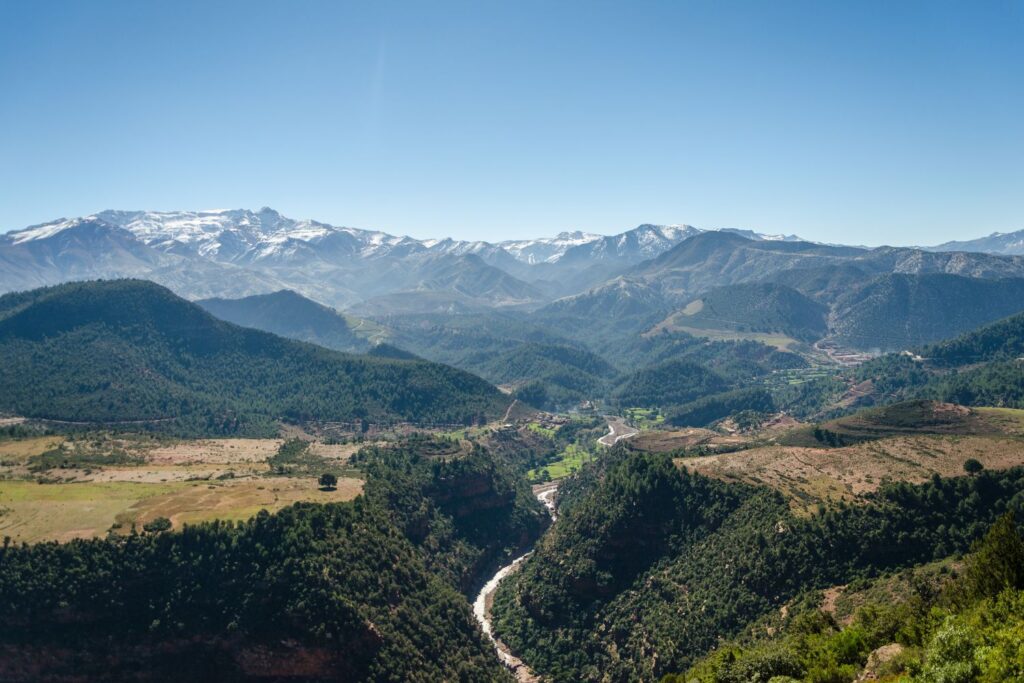
Here are some of the top travel destinations in Morocco that are often considered exceptional:
- Marrakech: Marrakech is arguably the most famous and popular destination in Morocco. Known as the “Red City,” it offers a fascinating blend of history, culture, and vibrant street life. Explore its bustling medina, visit historical landmarks like the Koutoubia Mosque and Bahia Palace, and lose yourself in the maze of souks (markets). The city’s iconic Jemaa el-Fnaa square comes alive at night with street performers and food stalls.
- Fes: Fes is renowned for its well-preserved medieval old town, Fes el-Bali, which is a UNESCO World Heritage site. It’s a city of narrow winding streets, traditional craftsmanship, and a deep sense of history. Don’t miss the opportunity to visit the famous tanneries and the University of Al Quaraouiyine, one of the world’s oldest universities.
- Chefchaouen: The “Blue City” of Chefchaouen is nestled in the Rif Mountains and is famous for its charming blue-painted buildings. It’s a serene and picturesque destination, perfect for relaxation and photography. Hiking and exploring the nearby nature trails are also popular activities.
- Essaouira: Located on the Atlantic coast, Essaouira is a coastal gem known for its stunning beaches, historic medina, and vibrant arts scene. It’s a great place for water sports enthusiasts, history buffs, and those looking for a laid-back atmosphere.
- Atlas Mountains: If you’re a nature lover and adventure seeker, the Atlas Mountains offer a wide range of activities such as trekking, hiking, and exploring Berber villages. The High Atlas and the Ourika Valley are popular regions to explore.
- Sahara Desert: A visit to the Sahara Desert is a once-in-a-lifetime experience. The dunes of Erg Chebbi and Erg Chigaga offer the chance to go on camel treks, spend a night in desert camps, and witness mesmerizing sunrises and sunsets over the sand dunes.
- Meknes: Often overshadowed by Fes and Marrakech, Meknes is a city of historical significance with impressive architecture, including the grand Mausoleum of Moulay Ismail and the stunning Bab Mansour gate.
- Tangier: Located at the northern tip of Morocco, Tangier has a unique blend of European and Moroccan influences. It’s known for its vibrant arts scene, scenic coastal views, and historic medina.
Ultimately, the best destination in Morocco depends on your interests, whether you’re seeking culture, history, adventure, relaxation, or a combination of these experiences. Morocco’s diversity ensures that there’s something for every traveler to discover and enjoy.
